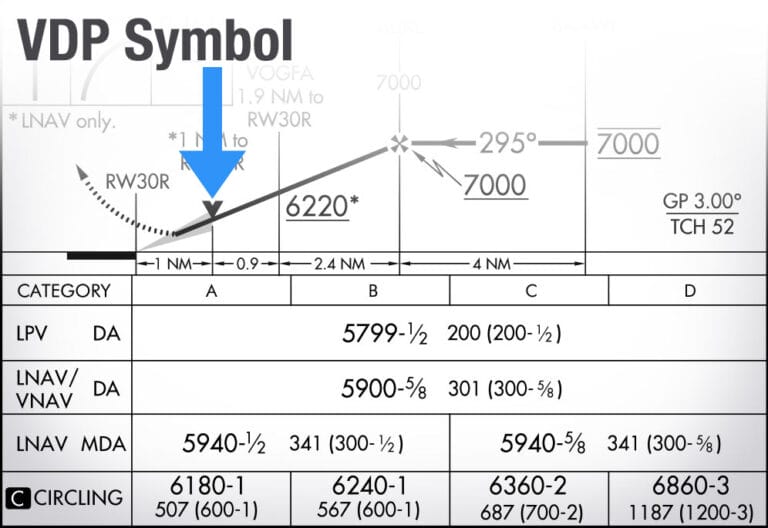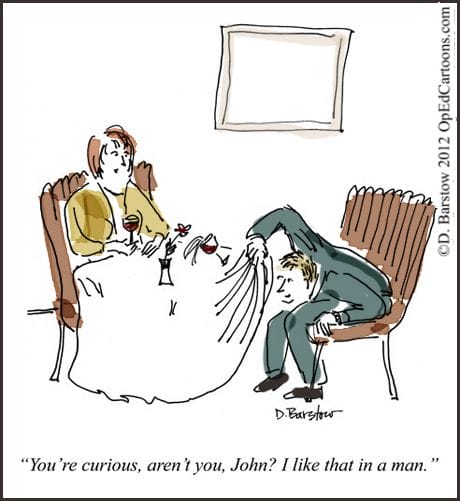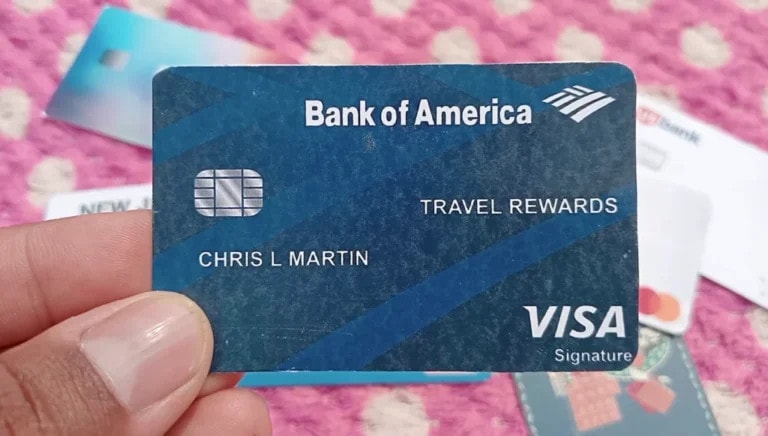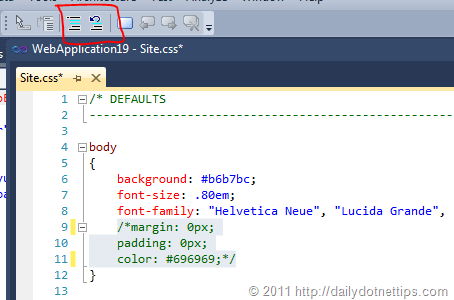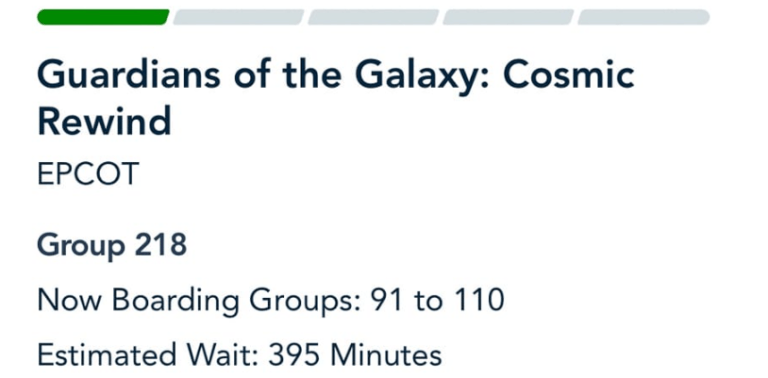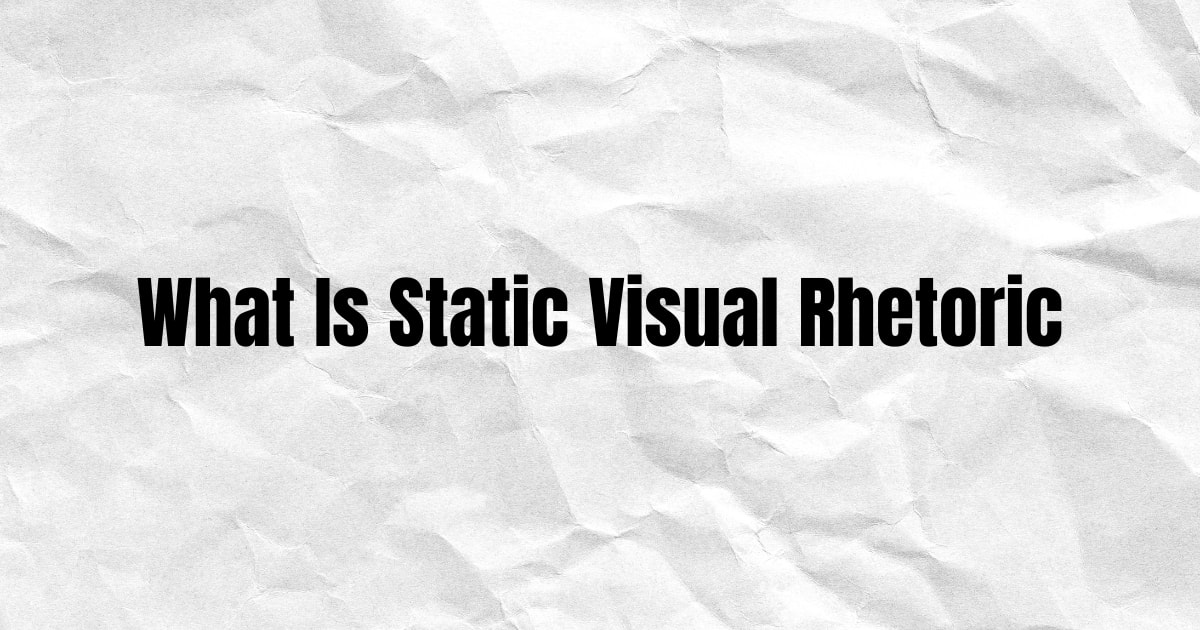
What is Static Visual Rhetoric? If you’ve ever come across an image that immediately catches your attention and conveys a powerful message, you’ve encountered static visual rhetoric. In today’s digital age, where images are everywhere, understanding how visuals communicate is more important than ever. So, let’s dive in and explore the fascinating world of static visual rhetoric together!
When you see an image, like a billboard or a poster, it’s not just a random picture. It’s a carefully crafted piece of visual communication designed to evoke emotions, persuade, and convey a specific message. Static visual rhetoric is all about analyzing how images use composition, color, symbols, and other elements to impact the viewer’s perception and understanding.
But why is static visual rhetoric so important? Well, think about how often we see images in our daily lives, from advertisements to social media posts. Understanding how visuals work and being able to interpret their subliminal messages can make us more critical and discerning consumers of media.
Plus, it’s just really cool to unravel the hidden meaning behind a captivating image! So, let’s explore the world of static visual rhetoric and unlock its secrets together!
What Is Static Visual Rhetoric
Static Visual Rhetoric is a powerful communication tool that uses images to convey persuasive messages. Combining elements such as color, composition, and symbolism, it appeals to emotions and influences perceptions. Visual rhetoric can be found in advertising, political campaigns, and social media.
By understanding the principles behind static visual rhetoric, one can analyze and appreciate the intended messages in visual designs. It is a fascinating field that explores the intersection of art, communication, and persuasion.
Power of Composition: Organizing Images for Impact
Composition plays a crucial role in static visual rhetoric, determining how elements are arranged within an image to create meaning and influence the viewer. Whether it’s through the use of the rule of thirds, leading lines, or symmetry, composition directs the viewer’s attention and shapes their interpretation of the image.
One powerful technique is the rule of thirds, which involves dividing the image into a 3×3 grid and placing important elements along the intersections. This creates balance and visual interest, making the image more appealing and engaging to the viewer. Leading lines, on the other hand, guide the viewer’s gaze toward a specific focal point, creating a sense of depth and movement within the image.
Understanding the principles of composition allows designers and advertisers to effectively communicate their message by manipulating the viewer’s perception and guiding their interpretation of the image. By strategically arranging elements, the creator can convey emotions, establish hierarchy, and direct the viewer’s focus to the intended message.
Language of Color: Eliciting Emotions and Symbolism
Color is a fundamental aspect of static visual rhetoric, playing a vital role in capturing attention, eliciting emotions, and representing symbolic meanings. Each color carries its own associations and can evoke specific feelings or convey particular messages.
For example, warm colors like red and orange are often associated with passion, excitement, and energy, making them ideal for advertisements targeting young and dynamic audiences. On the other hand, cool colors like blue and green are often associated with calmness, trust, and reliability, making them suitable for brands aiming to establish a sense of trust and security.
Beyond emotions, colors can also be used to convey symbolism. In political campaigns, for instance, the use of red, white, and blue may symbolize patriotism, while the combination of green and white can represent environmental awareness. By understanding the language of color, designers can strategically select hues to strengthen their message, resonate with their target audience, and increase the overall impact of their visual rhetoric.
Subtle Power of Typography: Letting Words Speak Louder
Typography is often overlooked in the realm of static visual rhetoric, but it possesses an incredible power to influence meaning, evoke emotions, and convey a brand’s personality. The choice of font, size, spacing, and style all contribute to the overall impact of the message being conveyed.
When used effectively, typography can create a visual hierarchy, guiding the viewer’s attention and emphasizing key information. Bold and large fonts can signify importance or urgency, while elegant and script-like fonts can evoke a sense of sophistication or luxury. The spacing between letters and words can also convey emotions or personality traits, with tightly spaced text appearing more intense or energetic, and wide spacing portraying a sense of openness or tranquility.
Typography is a powerful tool in static visual rhetoric as it allows the creator to not only convey a message through visuals but also through words. By selecting the appropriate font and formatting, designers can enhance the overall impact of their visuals, reinforcing the intended message and effectively communicating with their target audience.
Static Visual Rhetoric in Advertising: The Power of Persuasion
Advertising is one of the most prominent applications of static visual rhetoric, utilizing persuasive images to capture attention, communicate brand messages, and influence consumer behavior. From billboards to magazine ads, these visuals employ a wide array of techniques to attract and engage audiences.
One popular strategy is the use of aspirational images, showcasing the desired lifestyle or outcome associated with a particular product or service. Through carefully constructed visuals, brands can ignite desire and create emotional connections with their target consumers, driving them towards a purchase decision.
Another technique is the use of contrast, which helps elements stand out and make a lasting impression. By juxtaposing different elements or ideas within an image, advertisers can create striking visuals that leave a lasting impact on the viewer’s memory.
Static visual rhetoric in advertising goes beyond aesthetics and visual appeal. It is a strategic tool that leverages the understanding of human psychology, perception, and emotions to create persuasive and memorable visuals that drive consumer action.
Frequently Asked Questions
Static visual rhetoric is the practice of using visual elements to communicate a message through the arrangement and design of images, shapes, colors, and other visual elements. It is commonly used in advertising, graphic design, and other forms of visual communication. Here are some commonly asked questions about static visual rhetoric:
1. How can static visual rhetoric enhance communication?
Static visual rhetoric enhances communication by using visual elements to appeal to the viewer’s emotions, capture attention, and clearly convey a message. It allows for concise and impactful communication that can be easily understood and remembered. By carefully selecting and arranging visual elements, static visual rhetoric can effectively convey complex ideas and concepts in a visually engaging way.
For example, in advertising, a well-designed static visual can instantly grab the viewer’s attention, evoke certain emotions, and communicate the benefits of a product or service. By using images, colors, and typography strategically, advertisers can create visual messages that leave a lasting impact on the audience.
2. What are some common techniques used in static visual rhetoric?
There are several common techniques used in static visual rhetoric. One such technique is the use of color psychology, where different colors are strategically chosen to evoke specific emotions or convey certain meanings. For example, warm colors like red and orange may be used to create a sense of excitement or urgency, while cool colors like blue and green can evoke a sense of calmness and trust.
Another technique is the use of visual hierarchy, where visual elements are arranged in a way that guides the viewer’s attention and prioritizes certain information. This can be done through the use of size, contrast, and placement of elements. By creating a clear visual hierarchy, the intended message can be communicated more effectively.
3. How does static visual rhetoric differ from dynamic visual rhetoric?
Static visual rhetoric refers to the use of visual elements in a fixed and unchanging form, such as a printed advertisement or a poster. On the other hand, dynamic visual rhetoric involves the use of moving or changing visual elements, such as in videos or animations. While both forms aim to communicate a message visually, they differ in terms of the medium used and the way the message is presented.
Static visual rhetoric relies on the arrangement and design of visual elements to convey the message, while dynamic visual rhetoric adds an additional layer of motion and interactivity. The choice between static or dynamic visual rhetoric depends on the specific communication goals and the target audience.
4. How can static visual rhetoric be used to persuade or influence the audience?
Static visual rhetoric can be a powerful tool for persuasion and influence. Through the use of clever design, visual elements can be arranged to create a desired impact on the viewer. This can be achieved through techniques such as visual metaphor, where visual elements are used symbolically to convey a message or idea.
Additionally, static visual rhetoric can make use of visual storytelling, where a sequence of images or visual elements is arranged to tell a story or follow a narrative arc. By engaging the viewer emotionally and guiding them through a visual journey, static visuals can effectively persuade and influence the audience.
5. How does static visual rhetoric impact cultural and social contexts?
Static visual rhetoric plays a crucial role in shaping cultural and social contexts. Visual elements, such as symbols, iconic images, and cultural references, can carry deep cultural meanings and influence how we perceive and interpret visual messages. The use of specific visual elements can tap into shared cultural knowledge and evoke a sense of familiarity or belonging.
Moreover, static visual rhetoric can reflect and challenge societal norms and values. By using visually striking or thought-provoking imagery, designers and communicators have the power to spark discussions, challenge perspectives, and bring attention to important social issues. Static visuals can serve as a medium for social commentary and cultural expression.
Static visual rhetoric is about using images to persuade or communicate ideas without movement. It’s like giving a message through a picture that doesn’t move. By using different elements like color, shape, and symbolism, people can create powerful visuals that make a strong impact on our thoughts and feelings.
Understanding static visual rhetoric helps us decode and analyze the messages that images convey, making us more critical consumers and active creators of visual media. It’s an important skill in a world where we are constantly bombarded with images and need to make sense of them.
There are different techniques used in static visual rhetoric, such as using contrast to highlight important elements, arranging elements in a way that guides our eyes, and choosing images that evoke certain emotions. These techniques help creators effectively communicate their ideas and persuade their audience.
As viewers, we can also analyze these visuals to understand the underlying messages and how they are trying to influence our thoughts and behaviors. By being aware of the power of static visual rhetoric, we can be more informed and thoughtful consumers of visual media.

